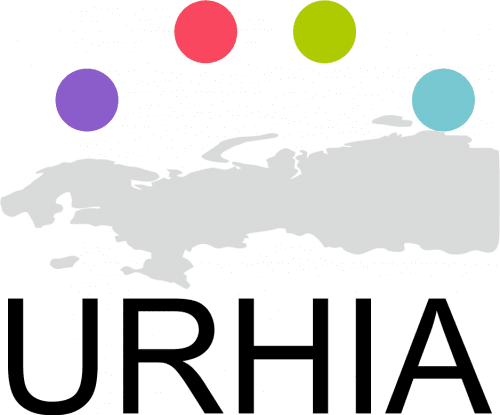How to cite
When using URHIA’s language data OR “Language maps” (png), please cite to the following publications:
Rantanen, T., Tolvanen, H., Roose, M., Ylikoski, J. & Vesakoski, O. (2022) “Best practices for spatial language data harmonization, sharing and map creation – A case study of Uralic” PLoS ONE 17(6): e0269648. https://doi.org/10.1371/journal.pone.0269648.
Rantanen, Timo, Vesakoski, Outi, Ylikoski, Jussi, & Tolvanen, Harri. (2021). Geographical database of the Uralic languages (v1.0) [Data set]. Zenodo. https://doi.org/10.5281/zenodo.4784188
Archaeological data :
Moilanen, U., Pesonen P., Norvik, M., Saipio, J., Vesakoski, O., Immonen, V. & Onkamo, P. 2021: New tools for studying Finnish archaeology and Uralic languages. Antiquity 95(323), E30. https://doi.org/10.15184/aqy.2021.113.
Genetic data aDNA points: data is collected by Ilumäe, A.M. (2021), funded by Academy of Finland. Genetic data collection locations from Uralic and neighbouring areas. This dataset is compiled from several resources and published in the spatial data platform curated by URKO (https://sites.utu.fi/urko/). Additional references are found in the attribute table.
Citing the Uralic Historical Atlas (URHIA) web interface:
Roose, M., Nylén, T., Tolvanen, H. & Vesakoski, O. 2021: User-centred design of multidisciplinary spatial data platforms for human-history research. SPRS International Journal of Geo-Information 10(7): 467. https://doi.org/10.3390/ijgi10070467.
